Final Fantasy VII Rebirth shouldn’t work. It shouldn’t work for all the reasons FF7 Remake shouldn’t have worked—the impossible task of remaking such a beloved and iconic game, where every fan will have a different idea about what a “faithful” remake looks like. It shouldn’t work because, more often than not, a “throw everything at the wall and see what sticks” approach to game design doesn’t. It shouldn’t work because Rebirth ends where the original FF7 dropped one of the most shocking plot twists ever, but one that’s become absolute common knowledge—everyone knows what happens to Aerith at the end of disc one. How can you possibly recapture that surprise and impact in a remake?
Final Fantasy VII Rebirth shouldn’t work, but it does.
As the second volume in a planned three-part effort to remake Final Fantasy VII, Rebirth follows closely in the footsteps of 2020’s FF7 Remake. That is to say it’s both a surprisingly faithful retelling and a subversive reflection on the legacy of the original.
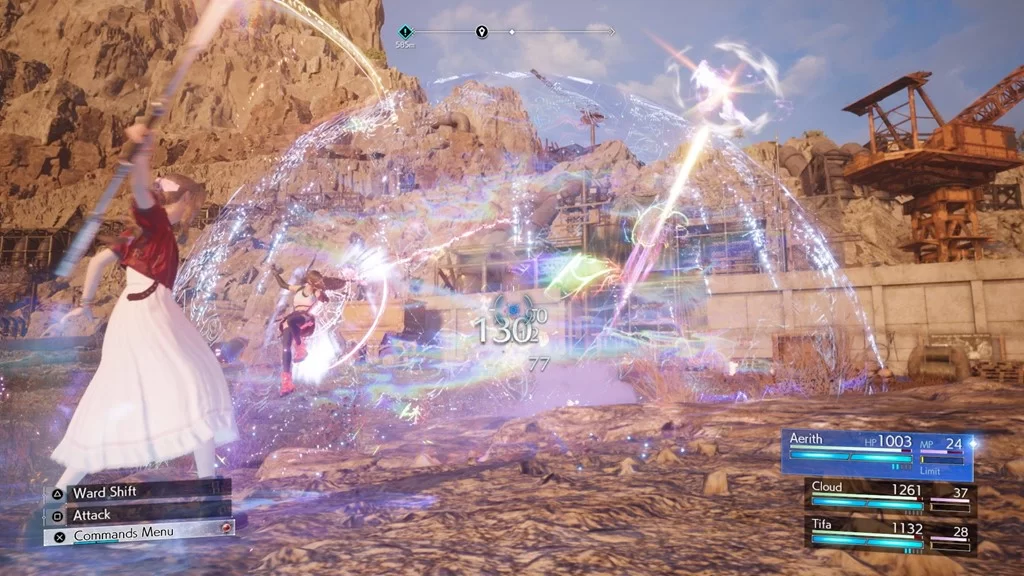
Picking up where Remake finished, Rebirth covers the events of the rest of the original’s first disc, from Cloud’s flashback in Kalm, halfway around the world, through a few party members’ hometowns, in and out of the Gold Saucer, through the Temple of the Ancients, and up to that particular encounter. It’s mostly a beat-for-beat retelling, albeit more fleshed out—in terms of both how those key events unfold and in what happens along the way. Towns that were whistle stops previously, like Costa Del Sol, now get their own subplots. There’s more screen time dedicated to the unfolding stories of party members, their backgrounds, their motivations. But while there’s a lot more of it, the story sticks close to the one FF7 fans will be familiar with.
… Except for when it doesn’t. Dreamlike interludes periodically show a world where Zack Fair, dead before the events of the original game, is very much alive and looking after a comatose Aerith and Cloud. Alternate reality? I’ll let you draw your own conclusions, but suffice to say these scenes sow the seeds of something that just feels a little bit off as far as the established story goes—not unlike the whispers in FF7 Remake. Those whispers return, too, albeit in a slightly different context.
All that builds up to Rebirth succeeding in an impossible task: turning one of the best-known spoilers in the history of video games into a moment of genuine surprise. The way it uses the audience’s presumed knowledge of what may or may not happen to create dramatic build up and sow seeds of doubt—subtly at first, gradually ramping up over 50-odd hours of game—is masterful. I’ll say no more than that, because even with this horrifically late review, it’s a surprise worth keeping.
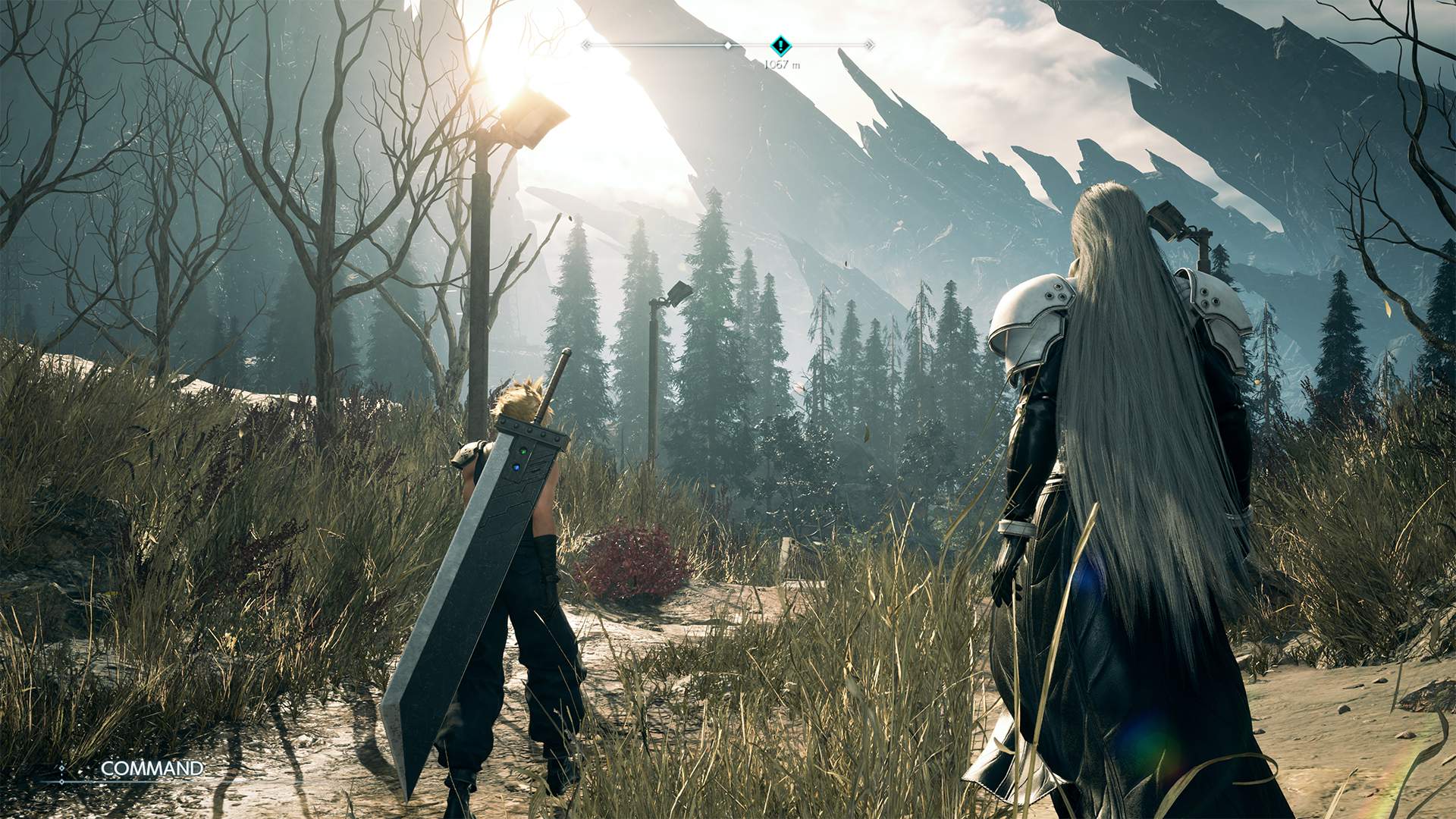
The other side of Rebirth is an absolutely massive, incredibly grandiose open-world rendition of Final Fantasy VII. I’m not usually one to put much stock in the size of a game—I find too many overemphasise “look how big the map is!” at the cost of substance—but Rebirth is the rare sort of game that uses its sheer scale to powerful effect. Much of that is driven by nostalgia: what was once an evocative but graphically simplistic world map, due to the technical limitations of the day, has been vividly brought to life. In the original game, the stretch of grassland between Kalm and the Chocobo Ranch was a mostly flat field of greenery dotted with a few low-poly mountains, rivers, and forests. In Rebirth, it’s a sprawling, meticulously crafted landscape full of rolling hills, mountains that are at least partially navigable, ruins that show the scars of a war that the original game only vaguely alluded to, settlements, dense woodlands, cliffs, beachside alcoves… it’s undeniably the same location, but realised to a degree that OG FF7’s developers could only have dreamt of.
It’s not just one big map, but six distinct regions, each with unique geographical features and things to discover. Within that, there’s an eclectic mix of influences: “Ubisoft towers”, Uncharted-flavoured climbing and traversal, the sort of gliding that’s become so popular in the wake of The Legend of Zelda: Breath of the Wild (albeit only in a couple of regions), treasure hunts with a bit of a Tomb Raider feel, FF7’s own buggy and Tiny Bronco given new life with maps designed around their particular means of getting around.
And that’s before you even get into the seemingly endless supply of minigames, covering everything from stealth puzzles to rhythm games to a riff on Final Fantasy IX’s Chocobo Hot and Cold game—and that’s before we even get to the Gold Saucer or Queen’s Blood, the best collectable card game since Triple Triad. Between these mini-games, a variety of open-world activities, combat trials, special encounters, side quests, and particularly memorable side story starring a certain eccentric, six-armed weapon collector with a penchant for battles on big bridges.
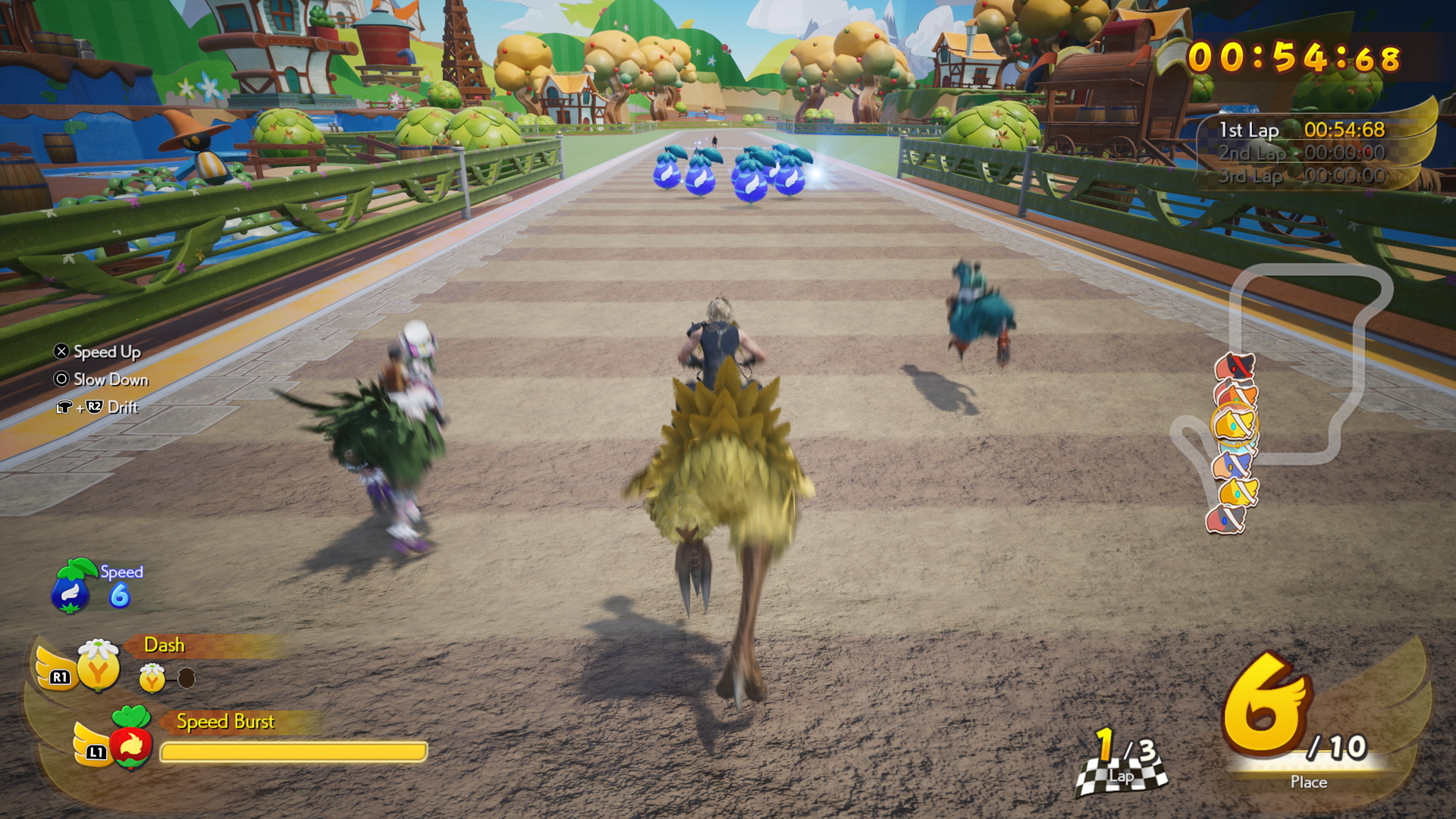
Like I said at the start, it’s a rather maximalist approach to game design that shouldn’t work, yet it does. These disparate pieces fit together seamlessly, sometimes layered on top of one another (with the different means of traversal in particular) and sometimes just as fun little deviations from the core game that don’t feel at all out of place. Rebirth manages to dish up an open world full to the brim of stuff to do, but without ever buckling under the weight or having things feel like they exist for the sole purpose of being something to cross off a to-do list. That’s an impressive feat in itself.
In the midst of so many fun diversions, you could almost forget about the combat and RPG systems at the core of Final Fantasy VII Rebirth. But rest assured, they’re still among the main attractions. Combat doesn’t deviate much from the style of Remake, with its clever hybrid of real-time action and command selection by way of an ATB system. New this time around are Synergy Abilities and Synergy Skills, which see characters pairing up to unleash special attacks—they don’t really shift the dynamics of combat dramatically, but do at least offer a bit of extra variety and ways of buffing your party.
Character growth and party management systems, on the other hand, have seen some more substantial additions. We’ve got skill trees now, in the form of “Folios”, with points accrued not just from levelling up but from mastering weapons, completing open world activities, and collecting certain items. There’s now an item crafting system that’ll serve as one of the main methods of gearing up your squad, new passive weapon abilities that unlock as characters master their various weapons, and a new way of levelling up summon materia through a series of minigames. Again, it’s a “more is more” collection of popular game design trends that should be unwieldy, but is implemented in a way that lets everything fit together perfectly. Most of those other minigames, sidequests, and activities, too, are tied closely to beefing up your party in some way or another, be it through unlocking new crafting recipes, obtaining powerful materia, or simply amassing more skill points.
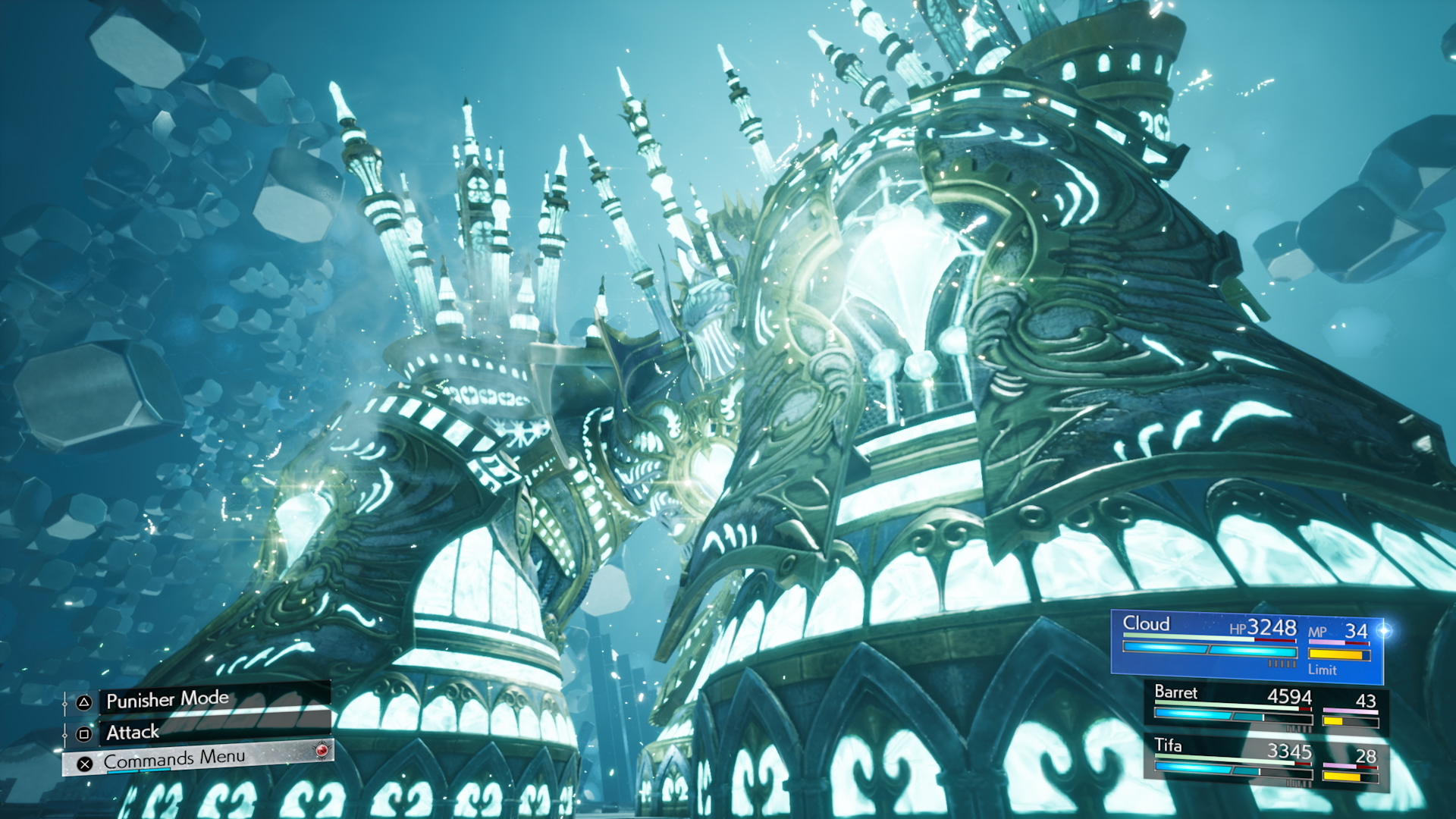
That’s a lot of boxes to tick, but there’s one thing that stands out more than anything above: Rebirth is an unapologetic celebration of Final Fantasy VII’s legacy. The game is full to the brim with fun little easter eggs, like the way characters hum the iconic victory fanfare and Yuffie ad-libs songs to the tune of her theme music when she’s bored. There are plenty of throwbacks to memorable but minor moments in the original, and side characters like Dio get their moment to shine. I’ve already talked about how the world design brings the original setting to life, and how authentically it retells the story despite its late-game misdirections. Indeed, that subservice approach is as much a part of Rebirth’s celebration of the original—not just change for the sake of change, but an introspective reflection that puts many of FF7’s ideas into a thought-provoking new light.
I’ll say it again: Final Fantasy VII Rebirth shouldn’t work, if not in the sheer magnitude of its design and scope, at least in the impossibility of trying to breathe new life into such an influential game with such a well-known plot twist. But masterful design, clever application of its many ideas, and an effortless balance between nostalgic homage and subversive reflection on the source material, Rebirth does work—spectacularly so.
Reviewed on PlayStation 5 with a review code provided by the publisher.
There are so many reasons why, on paper, Final Fantasy VII Rebirth shouldn't work: scope, legacy, the weight of expectations, *that* particular moment. But with such abundant love of the original and genius subversion of the most infamous plot twists ever, it does work—brilliantly.
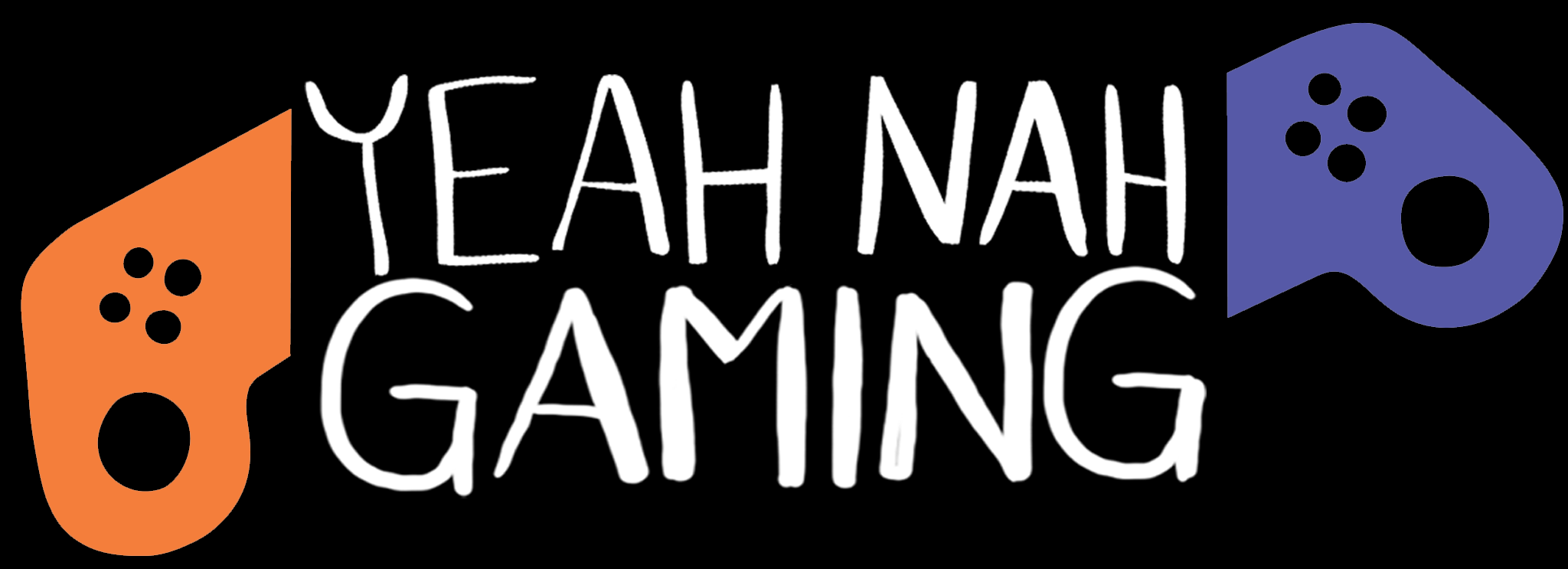
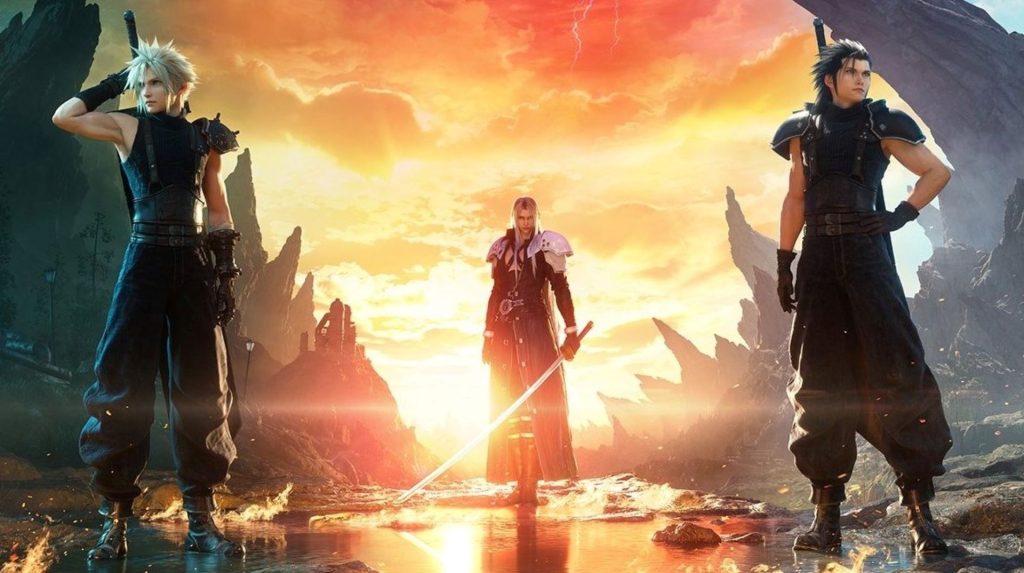
1 Comment
Pingback: Final Fantasy VII Rebirth is coming to PC in January - Yeah Nah Gaming